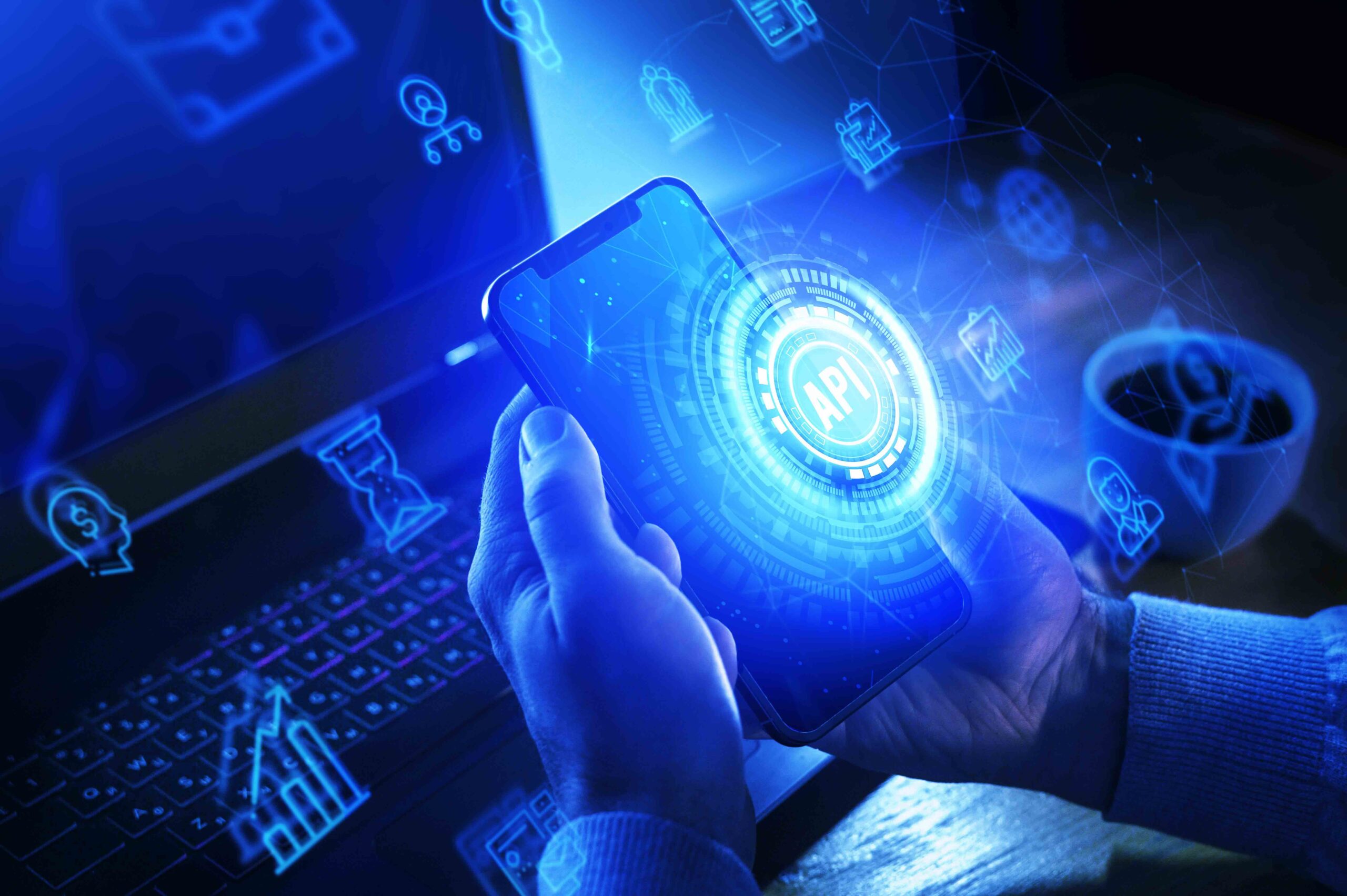In the age of smartphones, tablets, and constant connectivity, it’s no surprise that technology has an irresistible allure for students. The benefits are aplenty, but so are the drawbacks. This article explores why students are drawn to technology, the advantages it brings, and the potential pitfalls they should be aware of.
The Attraction:
Instant Gratification: Technology offers instant access to information, entertainment, and communication. Students appreciate the convenience of having the world at their fingertips.
Learning Opportunities: Online resources and educational apps have opened up new horizons for learning. Students can explore diverse subjects and access courses from top institutions worldwide.
There are many Top IT colleges, business colleges, agricultural colleges, and so on where students can apply directly from anywhere in the world which is the best part of the technology development.
Social Connectivity: Social media platforms allow students to stay connected with friends, family, and peers. It’s a vital part of their social life.
Efficiency: Technology streamlines tasks and enhances productivity. From note-taking apps to project management tools, students can get more done in less time.
The Benefits:
Access to Information:
The internet is a treasure trove of knowledge. Students can research topics, find academic resources, and stay informed about current events.
Flexibility in Learning:
E-learning and online courses provide flexibility for students to pursue education on their terms, accommodating work, family, and other commitments.
Collaboration:
Technology facilitates collaboration among students and educators. Online platforms enable group projects, discussions, and peer feedback.
Skill Development:
Students gain valuable digital skills that are increasingly essential in the job market. Students can effortlessly discover the Top colleges across various faculties, where they can enrich their learning and advance their careers.
The Drawbacks:
Distraction:
The same technology that aids learning can also be a significant distraction. Social media, games, and endless notifications can disrupt focus.
Privacy Concerns:
Students may not fully grasp the implications of sharing personal information and the potential risks associated with it.
Health Issues:
Excessive screen time can lead to physical and mental health issues, including eye strain, sedentary behavior, and reduced sleep.
Dependence:
Overreliance on technology can hinder problem-solving and critical thinking skills. It may also lead to a decreased ability to concentrate without constant stimulation.
Balancing Act:
The key to reaping the benefits while avoiding the pitfalls lies in balance and responsible use. Students need to be aware of their tech habits and make conscious choices to harness the advantages while mitigating the disadvantages.
In conclusion, technology’s magnetic pull on students is undeniable. Its ability to empower, educate, and entertain is remarkable. However, students must tread carefully, recognizing that unchecked tech use can have detrimental effects on their well-being. With awareness and a balanced approach, technology can truly be a force for positive change in their academic and personal lives.




